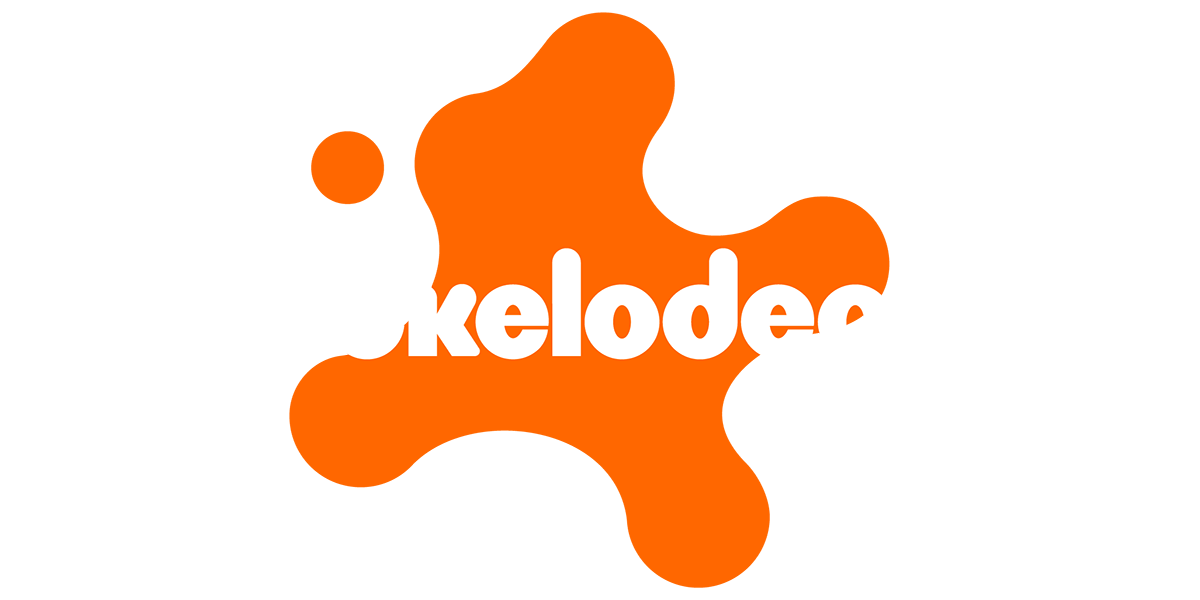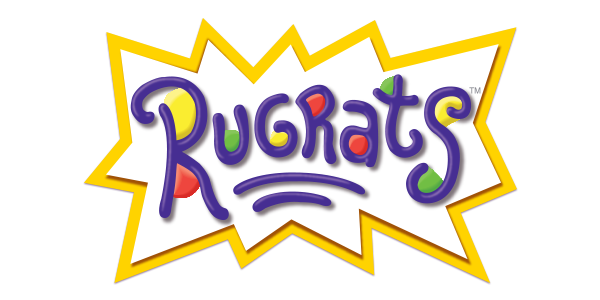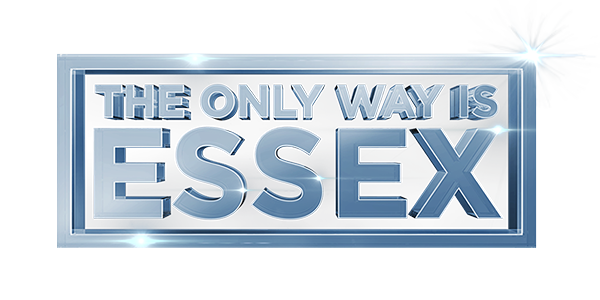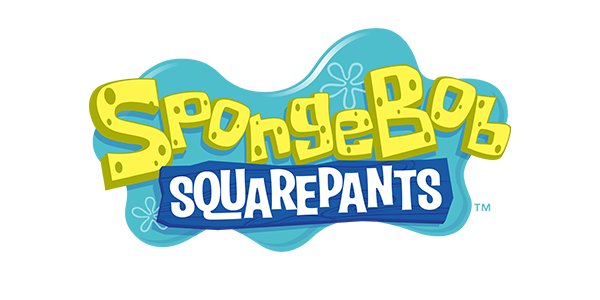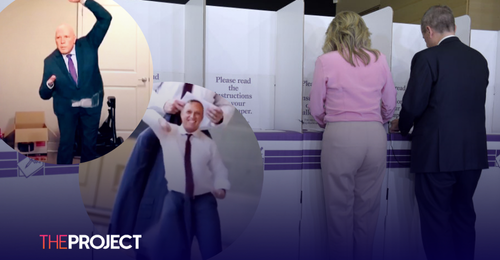So, as all parties turn to artificial intelligence in the battle for votes, how much are they faking this election? If the dead eyes, uncanny speaking voice, and, well, the alien didn’t tip you off, AI entirely generated this Liberal Party ad about their petrol policy, and it could be a sign of where we’re heading.
AI in political messaging is still a work in progress. Last year, Melbourne’s Lord Mayor Nick Reece shared his vision for new parks, complete with what looked like a dead body. And just last month, One Nation’s Malcolm Roberts posted.
According to the Electoral Commission, misleading voters is forbidden, regardless of whether or not it’s artificially generated – currently, the AEC has no specific power over AI content.
While Malcolm’s foray into Proto-Expressionist art is clearly AI, soon it won’t be so obvious.
As more of this content floods the internet, each new election brings with it a warning about third-party actors generating deepfakes, putting words in politicians’ mouths.
During last year’s Queensland election, the LNP posted a deepfake of the then-Premier Steven Miles on its TikTok. This came after federal Labor made one of Peter Dutton, but during this election, the parties seem to be using AI relatively above board, simply getting in on fun meme fads.
But will this kind of reality-bending meme-ing remain harmless, or is it all foreshadowing something more sinister?



